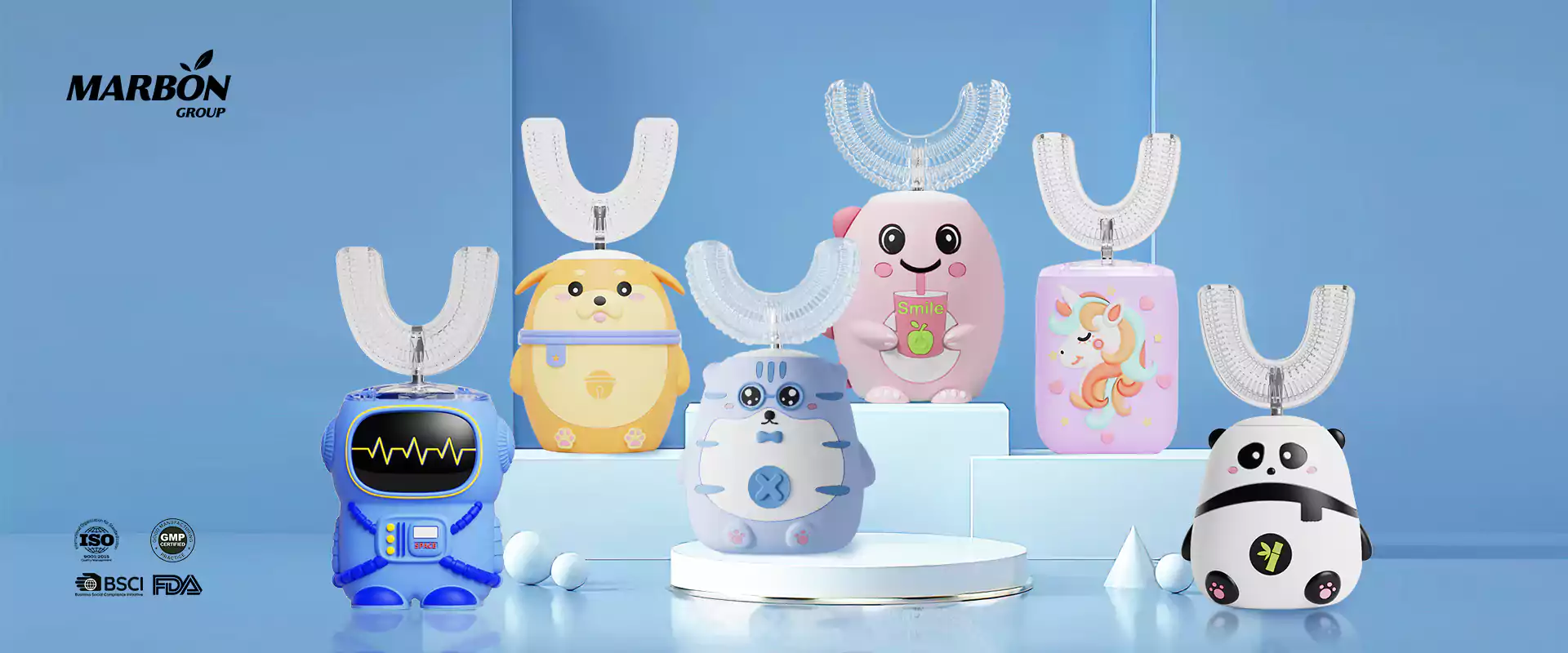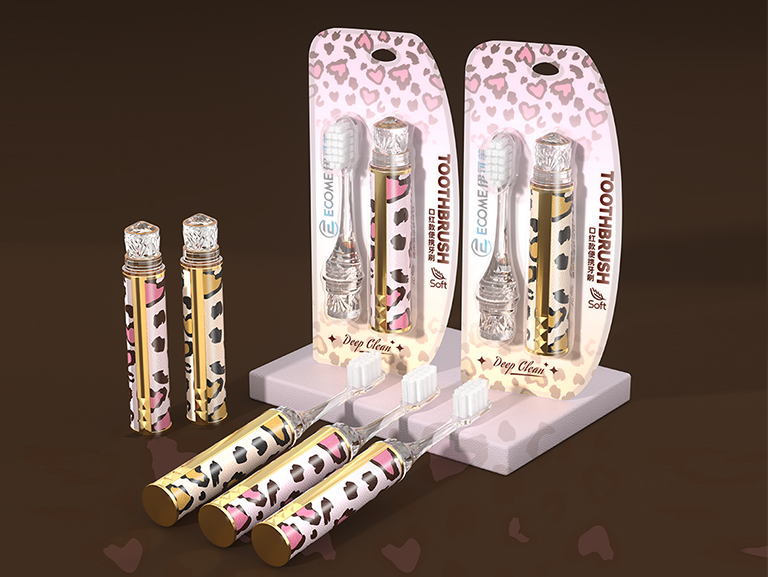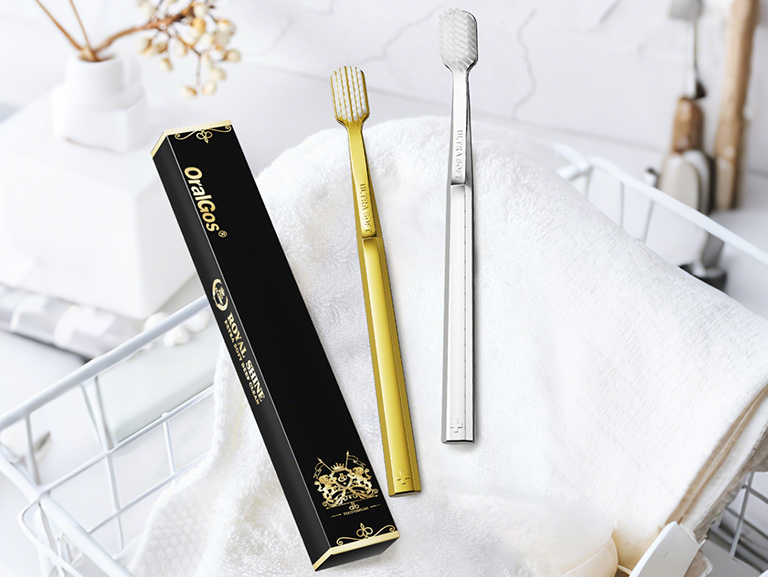I’ve been using an electric toothbrush for over a decade. When it occasionally runs out of battery, I use a manual toothbrush and feel that it doesn’t clean as thoroughly or evenly as the electric one.
But can children use electric toothbrushes? At what age can they start?
My two kids started using “electric” toothbrushes at a very young age (Niu Niu around one year old, Jiu Jiu around six months). However, it wasn’t until my eldest crossed three years old and I began to select increasingly “powerful” electric toothbrushes that I realized the electric toothbrush designed for 0-3 year-olds was significantly different from those for older children and adults in both appearance and functionality!
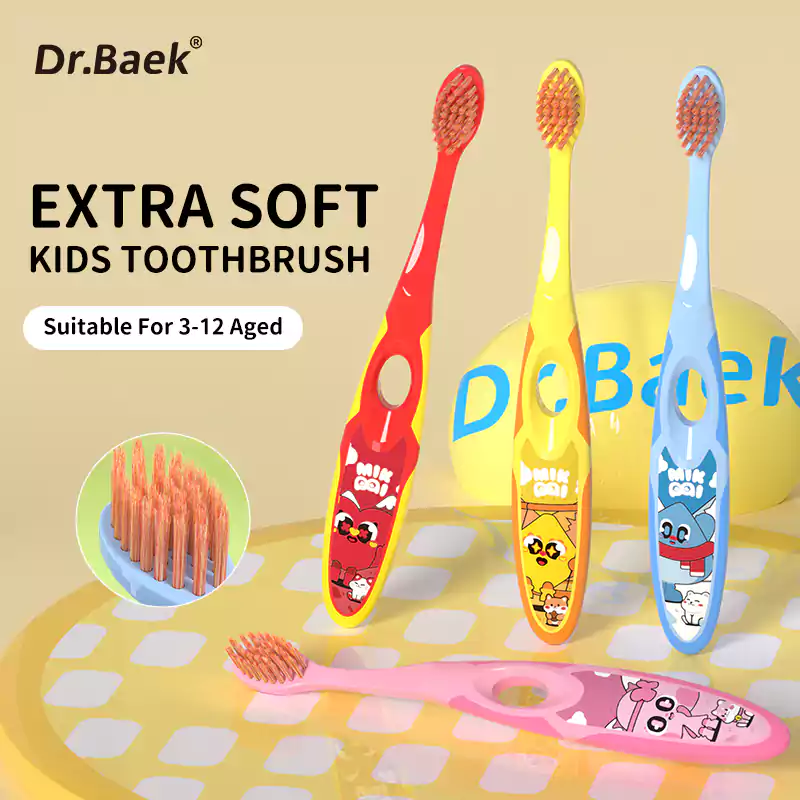
My Current Collection of Children’s Electric Toothbrushes
How should we choose an electric toothbrush for kids? Let’s discuss step by step.
Table of Contents
- Electric Toothbrush vs. Manual Toothbrush: Theoretical Comparison
- Electric Toothbrush vs. Manual Toothbrush: Usage Effect Comparison
- Electric Toothbrush vs. Manual Toothbrush: Pros and Cons Comparison
- Recommendations from Authoritative Institutions
- How to Choose an Electric Toothbrush
- How to Choose a Manual Toothbrush
- Children’s Use of Electric Toothbrushes
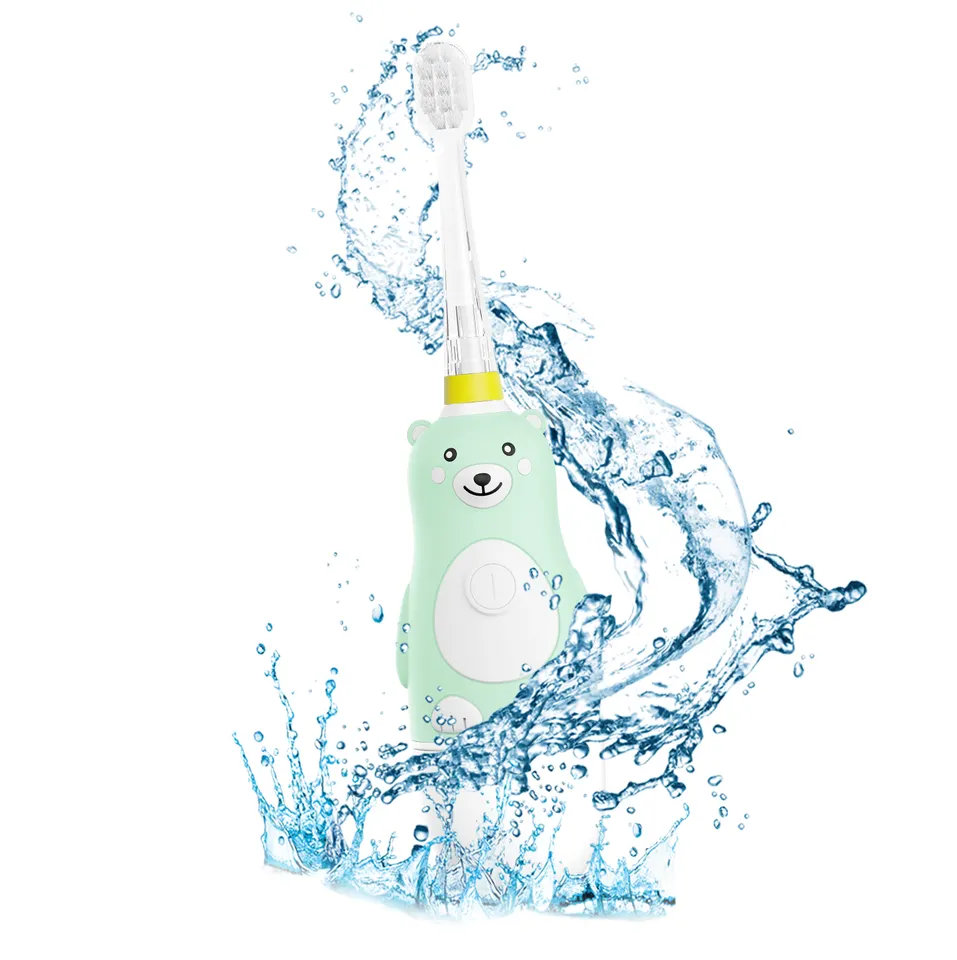
Theoretical Comparison Vibration Frequency Electric toothbrushes mainly fall into two categories: those called “electric toothbrushes” and sonic toothbrushes. Electric toothbrushes have been in use for over 60 years, with brush heads typically vibrating at a frequency of 2,500 to 7,000 times per minute. You need to place the brush head at an appropriate angle to the tooth surface and let the toothbrush perform the “brushing” motions.
Theoretical Comparison Vibration Frequency Electric toothbrushes mainly fall into two categories: those called “electric toothbrushes” and sonic toothbrushes. Electric toothbrushes have been in use for over 60 years, with brush heads typically vibrating at a frequency of 2,500 to 7,000 times per minute. You need to place the brush head at an appropriate angle to the tooth surface and let the toothbrush perform the “brushing” motions.
Sonic toothbrushes emerged in the 1980s and are considered a “more advanced” type of electric toothbrush. Sonic toothbrushes vibrate at a much higher frequency, generally around 30,000 to 40,000 times per minute, which is unmatched by regular electric toothbrushes or manual ones.
Comparison of Vibration Frequencies per Minute:
Manual Toothbrush: 200 times
Electric Toothbrush: 2,500 – 7,000 times
Sonic Toothbrush: 30,000 – 40,000 times
Faster vibration frequencies mean more contact with the teeth in a shorter amount of time.

Coverage Area Sonic toothbrushes, due to their high-speed rotation, can create fluctuations that extend beyond the actual contact point of the brush by about 0.3 cm. This high-frequency motion can push saliva, water, and toothpaste deeper into the gaps between teeth and into the gum line. Theoretically, sonic toothbrushes can clean better than standard electric and traditional manual toothbrushes. Additionally, studies have shown that sonic toothbrushes encourage longer brushing times, which is often beneficial since many people brush for less time than recommended (2 minutes).
If you only use electric or sonic toothbrushes, their cleaning efficiency may still not match that of using a manual toothbrush along with dental floss or flossers, as floss can reach areas that toothbrushes cannot.
In theory, sonic toothbrushes outperform electric ones, and electric toothbrushes outperform manual ones. But do electric and sonic toothbrushes really lead to healthier gums and teeth in practice?
Electric Toothbrush vs. Manual Toothbrush Numerous studies have explored whether electric or manual toothbrushes are more effective at removing plaque. Although more well-designed studies are needed (especially long-term data), there is growing evidence favoring electric toothbrushes, suggesting they are less reliant on brushing technique and remove more plaque.
A review that included 56 studies with 4,624 participants found that, both in the short and long term, electric toothbrushes reduce plaque and gingivitis more effectively than manual toothbrushes. While there are scattered reports about the price, reliability, and side effects of electric toothbrushes, most reported side effects are localized and temporary.
Recent clinical trials have increasingly recognized the advantages of electric toothbrushes in removing plaque, regardless of age group. Studies found that electric toothbrushes’ effectiveness is less influenced by dexterity and correct brushing methods compared to manual brushes.
Usage Effect Comparison: Electric Toothbrush vs. Sonic Toothbrush While electric toothbrushes may surpass manual ones, which type is superior among electric toothbrushes?
A six-month cohort study found that sonic toothbrushes were better than electric ones in reducing gum inflammation and improving brushing depth. However, another study revealed that sonic toothbrushes were far less effective than rotating electric toothbrushes at reducing plaque and improving gum health.
Many studies indicate that the effectiveness of sonic toothbrushes is comparable to that of electric toothbrushes, with a review finding no significant difference between the two. Overall, electric and sonic toothbrushes yield similar oral health results (statistically insignificant differences). However, the current research is limited and of varying quality.
From personal experience, rotating electric toothbrushes, represented by Oral-B, have powerful cleaning capabilities but can be quite noisy. I previously stopped using an Oral-B toothbrush that I purchased due to its loud sound and excessive vibration.
Pros and Cons Comparison Here’s a comparison of the pros and cons of electric and manual toothbrushes:
Electric Toothbrush:
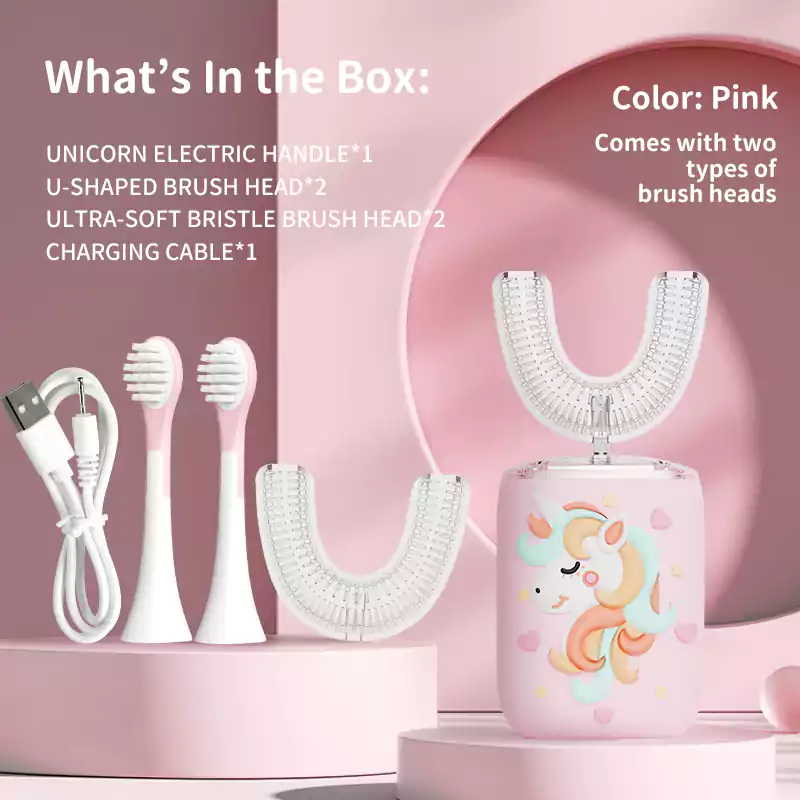
- Pros:
- High cleaning efficiency
- Easy to use
- Often includes a 2-minute timer
- Cons:
- Requires regular charging
- Generally more expensive; replacement heads can also be pricey
- Bulkier and requires charging
Manual Toothbrush:
- Pros:
- Cost-effective
- Easy to purchase
- Portable for travel
- Variety of head sizes, bristle types, and handle shapes available, suitable for individuals with special needs (e.g., smaller mouths or sensitive teeth)
- Cons:
- Requires mastering brushing technique
- Requires more physical effort, which may be difficult for those with arthritis, rheumatism, or carpal tunnel syndrome
- If used too forcefully or incorrectly, can damage teeth and gums more easily than electric brushes
Recommendations of authoritative bodies
American Dental Association (ADA): Both manual and electric toothbrushes can effectively clean teeth. Children may find electric toothbrushes more fun, and those with special needs might find electric brushes easier or more comfortable to use.
Ultimately, whether you choose a manual or electric brush isn’t the primary concern; the key is to pick one you like and find easy to use, enabling you to clean your teeth thoroughly twice a day.
Mayo Clinic: You can effectively clean your teeth with a manual toothbrush, but an electric toothbrush can be a great choice, especially for individuals with arthritis or other conditions that make brushing difficult. The vibrations of an electric toothbrush can help remove more plaque and improve gum health.
If you opt for an electric toothbrush, make sure it’s easy to hold and comfortable to use.
Government of Western Australia: If brushing techniques are correct, most people can maintain good oral hygiene with a manual toothbrush. An electric toothbrush is also an option. For those with poor manual dexterity, electric toothbrushes may increase the likelihood of brushing.
Summary: If you know how to brush properly (including angle, pressure, time, etc.), a manual toothbrush can effectively clean your teeth. However, with advancements in technology, electric toothbrushes may continue to have advantages.
In other words, if you have the right technique, you don’t need to rely on the device; you can choose based on personal preference. Which toothbrush you use isn’t as important as consistently using it correctly.
When purchasing an electric toothbrush, first ensure it fits comfortably in your hand and choose a brush head that suits your mouth size. Other features like adjustable intensity and timer are relatively less important. Some electric toothbrushes may alert you if you’re pressing too hard or automatically adjust the vibration strength, which can be a beneficial feature.
If opting for a standard electric toothbrush, consider getting a rotating one for stronger cleaning capabilities. These toothbrushes oscillate back and forth, rotating in both directions, but they can be loud and require careful pressure application.
Given that sonic toothbrushes have significantly higher vibration frequencies than standard electric brushes, they may provide better cleaning results. Even if not superior, they are at least as effective as standard electric brushes. Sonic toothbrushes can also be a good choice.
Features to Consider:
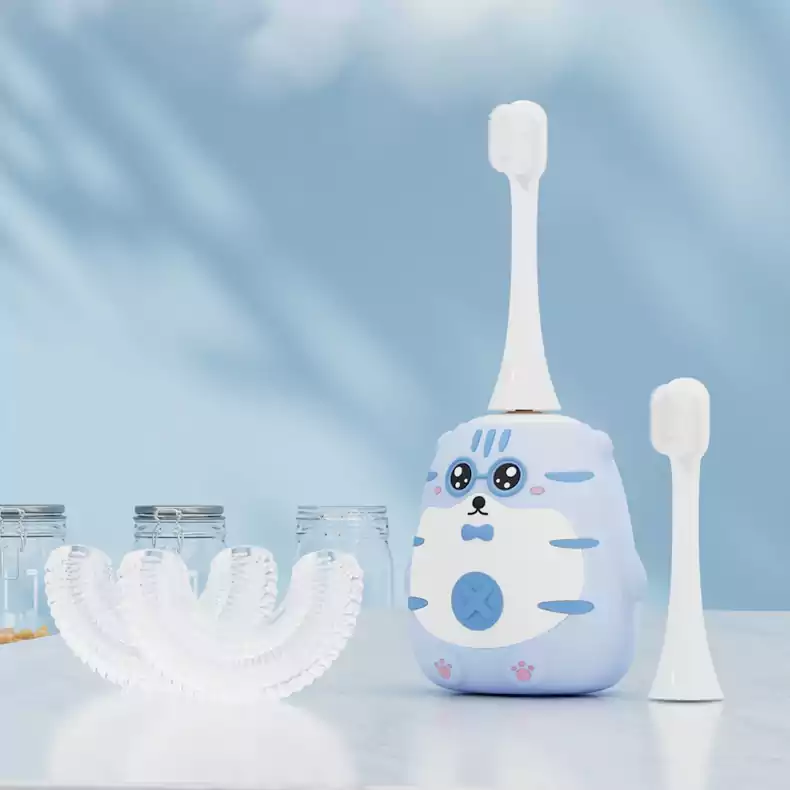
- Charging Indicator: A light that alerts you when it needs charging. Consider how long a charge lasts, especially for short trips.
- Speed: Some electric toothbrushes allow you to select different brushing intensities (speeds), which can be adjusted based on preference.
- Timer: Can alert you when it’s time to switch to another part of your mouth or when you’ve reached the recommended two minutes of brushing.
- Pressure Sensor: Some electric toothbrushes alert you if you’re pressing too hard or automatically adjust the vibration strength, potentially benefiting oral health by preventing excessive force on teeth and gums.
- Brush Head Replacement Indicator: Many toothbrushes have a replacement reminder when the bristles show wear or discoloration.
- Brush Head Size: Ensure the brush head can effectively reach all tooth surfaces. If it’s hard to reach deeper teeth, the brush head may be too large.
- Bristle Type: Unless there’s a specific need, the American Dental Association recommends soft bristles, as they are the safest and least likely to damage enamel or gums.
- Handle: Generally, a straight handle should be comfortable and not slippery.
Regardless of whether you choose an electric or manual toothbrush, you should replace your toothbrush every


